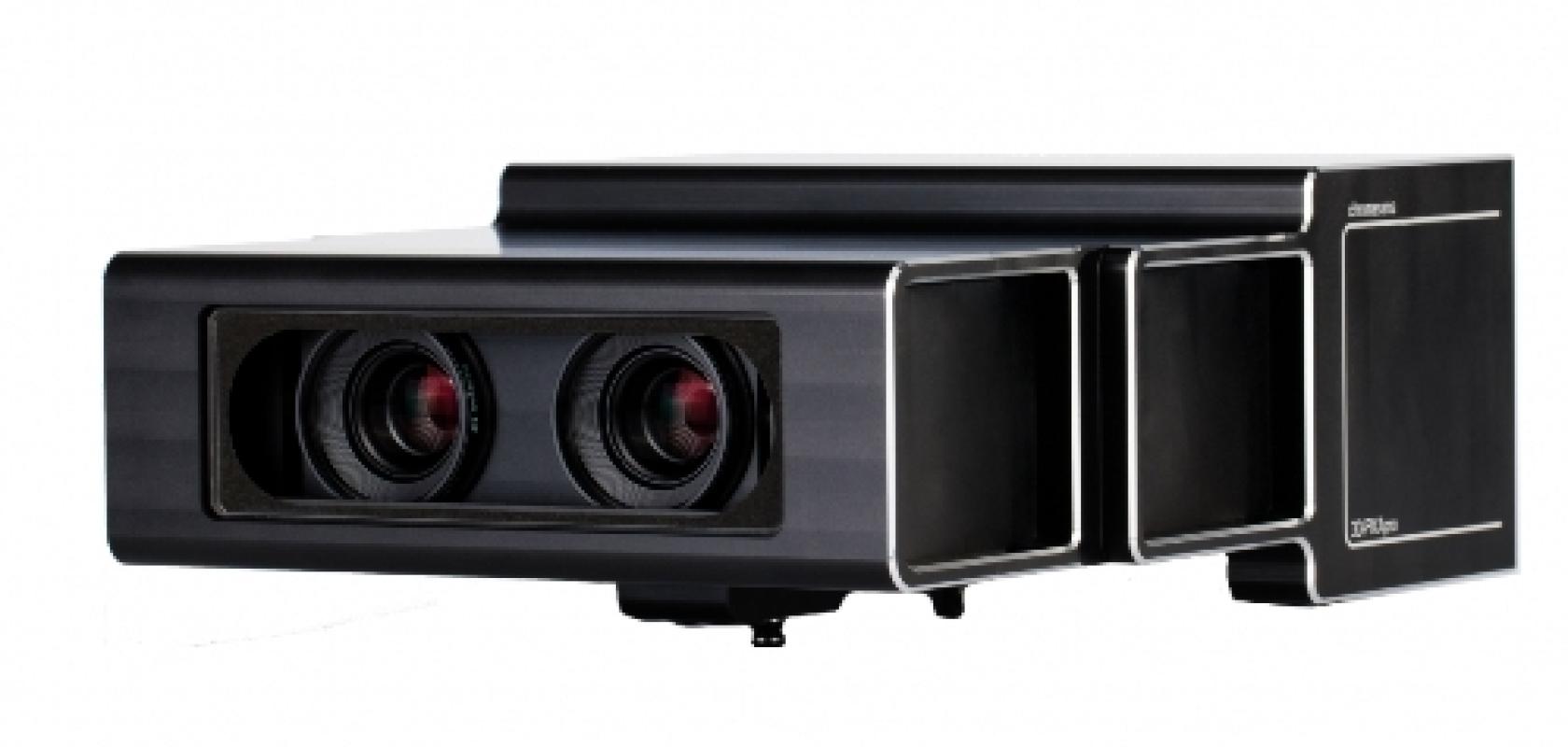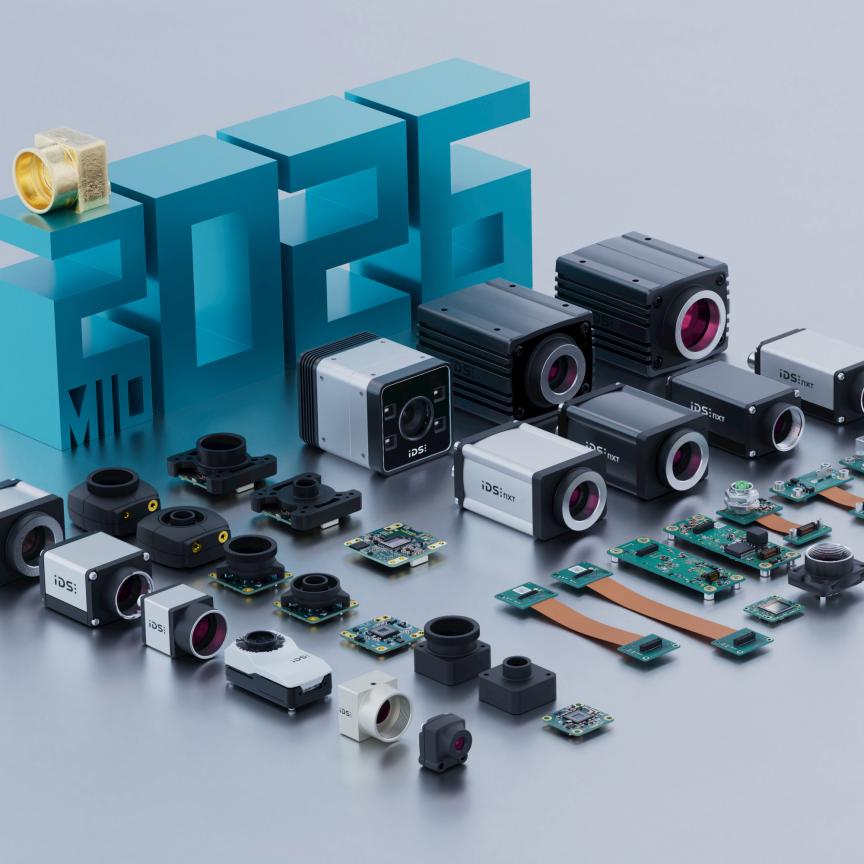A 3D inspection system has been built to detect abnormalities in ball and roller bearings.
The machine is able to inspect a complete bearing at 80 parts per minute, at 5µm height resolution, and simultaneously in colour and 3D.
Active Inspection, a system integrator located in Grand Rapids, Michigan, USA, customised a version of its AiUltimate Max 3D system using a Chromasens 3DPixa stereo line scan camera and Corona II LED illuminator. The machine can check virtually any type of ball or roller bearings by simple teach-in, and detect defects as small as 3μm.
Defects include: missing balls, rollers and needles, missing pins, incomplete imprints, and scratches, as well as dents, and flatness control.
Press defects, when individual bearing components are pressed together, were of particular concern. Since press errors have small width and height extensions, and are also very flat with a depth of only 100μm, their detection requires precise 3D data.
The AiUltimate Max system uses two camera stations to acquire images of both sides of the bearing.
The 3DPixa camera captures 3D surfaces with two 7,300 x 3 (RGB) line scanners. It combines stereo and line scan camera technology, as well as 2D colour and 3D measurements.
Light from the same object point is captured simultaneously with both the right and left cameras of the line scanner. As the object moves, it creates stereo images from which the 3D information is calculated by comparing a set of points in an image with the same set of points in the second image. By comparing the two images, the relative depth information can be calculated and produced as a disparity map.
A Siemens PLC informs the AiUltimate Max when a part enters under the camera for image acquisition, and also receives the good-or-bad decision from the inspection system.
Graphics cards are used to calculate the 3D data from the stereo images. The inspection system has an image and result database to store all results, display them again and communicate with the PLC to forward the results to the control system.


